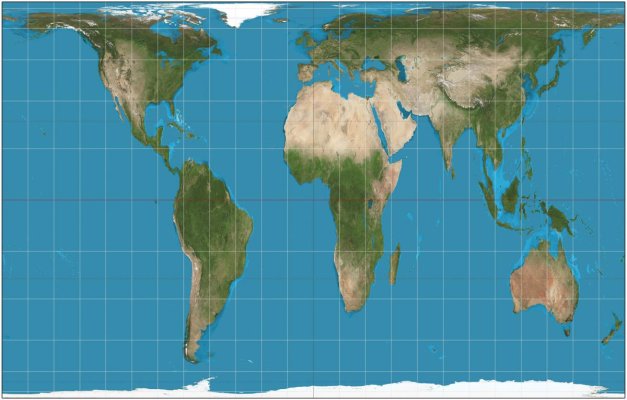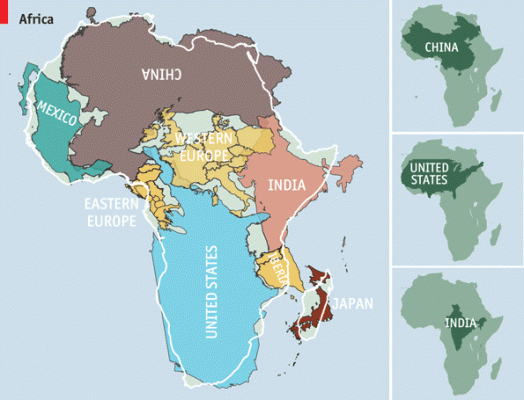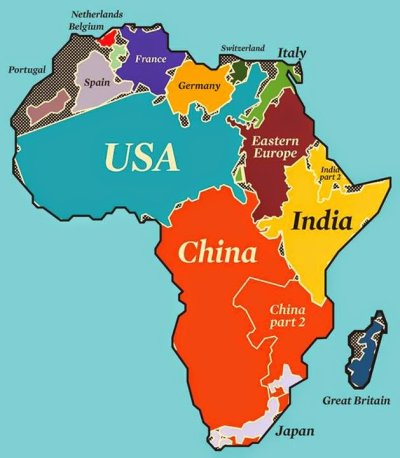Steady Hand
Member
Howdy folks!
I came across this interesting animated graphic today that shows the longest possible straight line ocean voyage on Earth that does not touch land at any point.
It is 22,000 miles or 35,400km. Remember, that is a straight line, without touching land at any point.
While it is a route that no one would likely sail simply because of prevailing winds. It is interesting to see the route and if you watch for a moment, the animated globe will turn. It may take a few seconds to load the Google earth animated graphic.
https://m.imgur.com/J1BO7xL
I hope you enjoy it.
I came across this interesting animated graphic today that shows the longest possible straight line ocean voyage on Earth that does not touch land at any point.
It is 22,000 miles or 35,400km. Remember, that is a straight line, without touching land at any point.
While it is a route that no one would likely sail simply because of prevailing winds. It is interesting to see the route and if you watch for a moment, the animated globe will turn. It may take a few seconds to load the Google earth animated graphic.
https://m.imgur.com/J1BO7xL
I hope you enjoy it.






